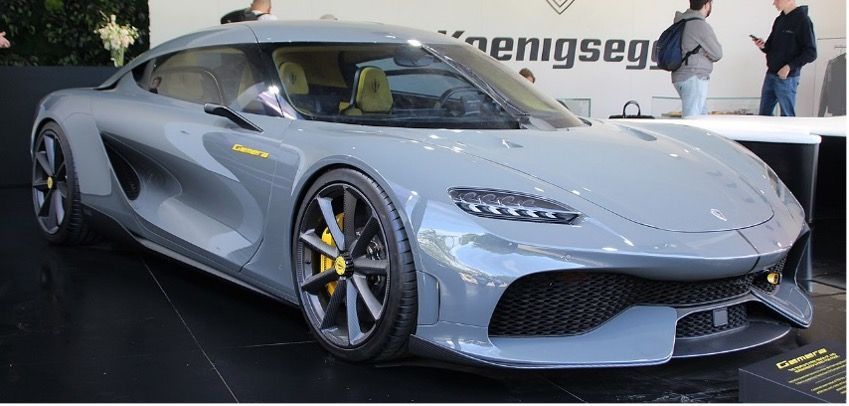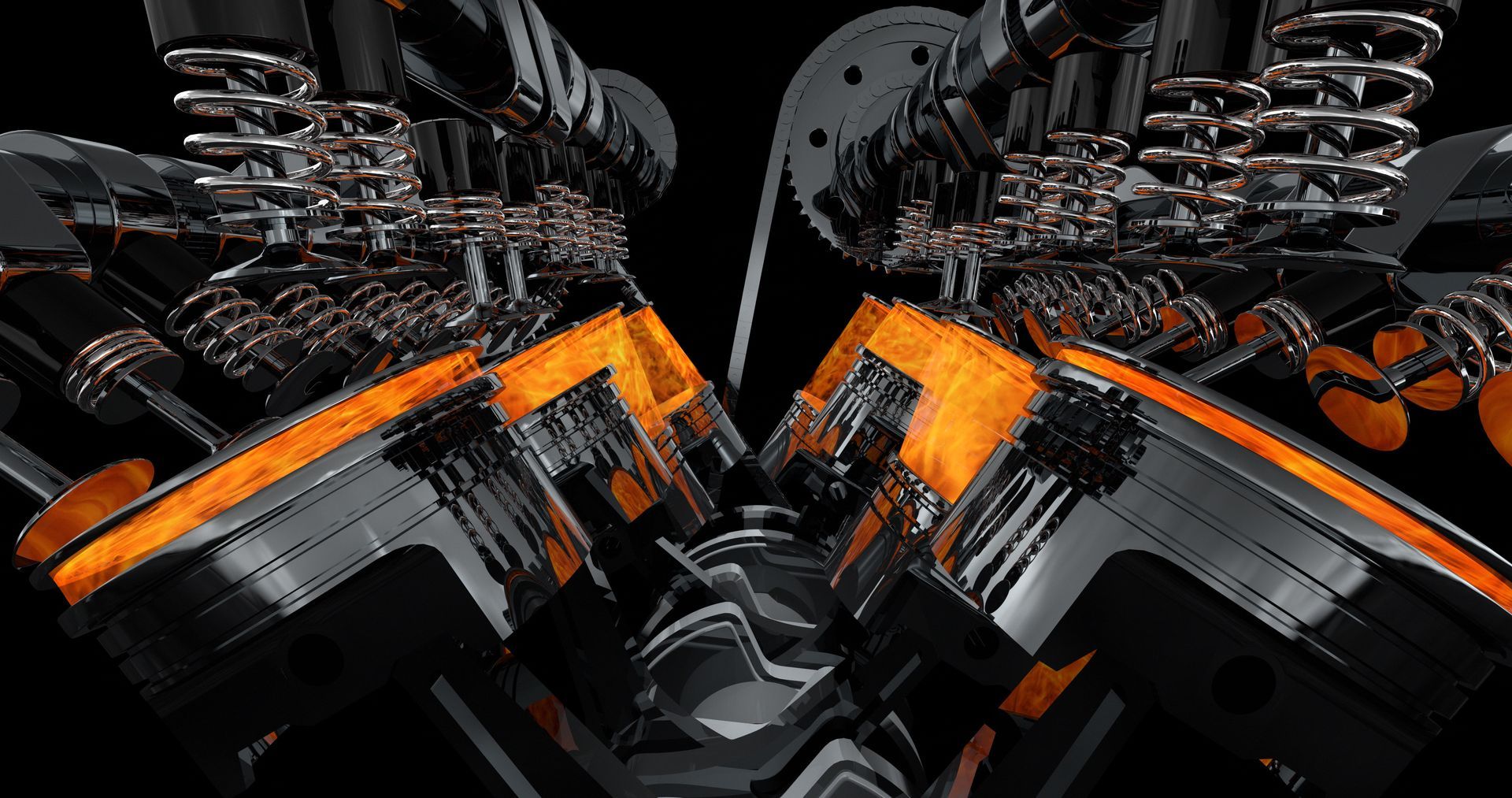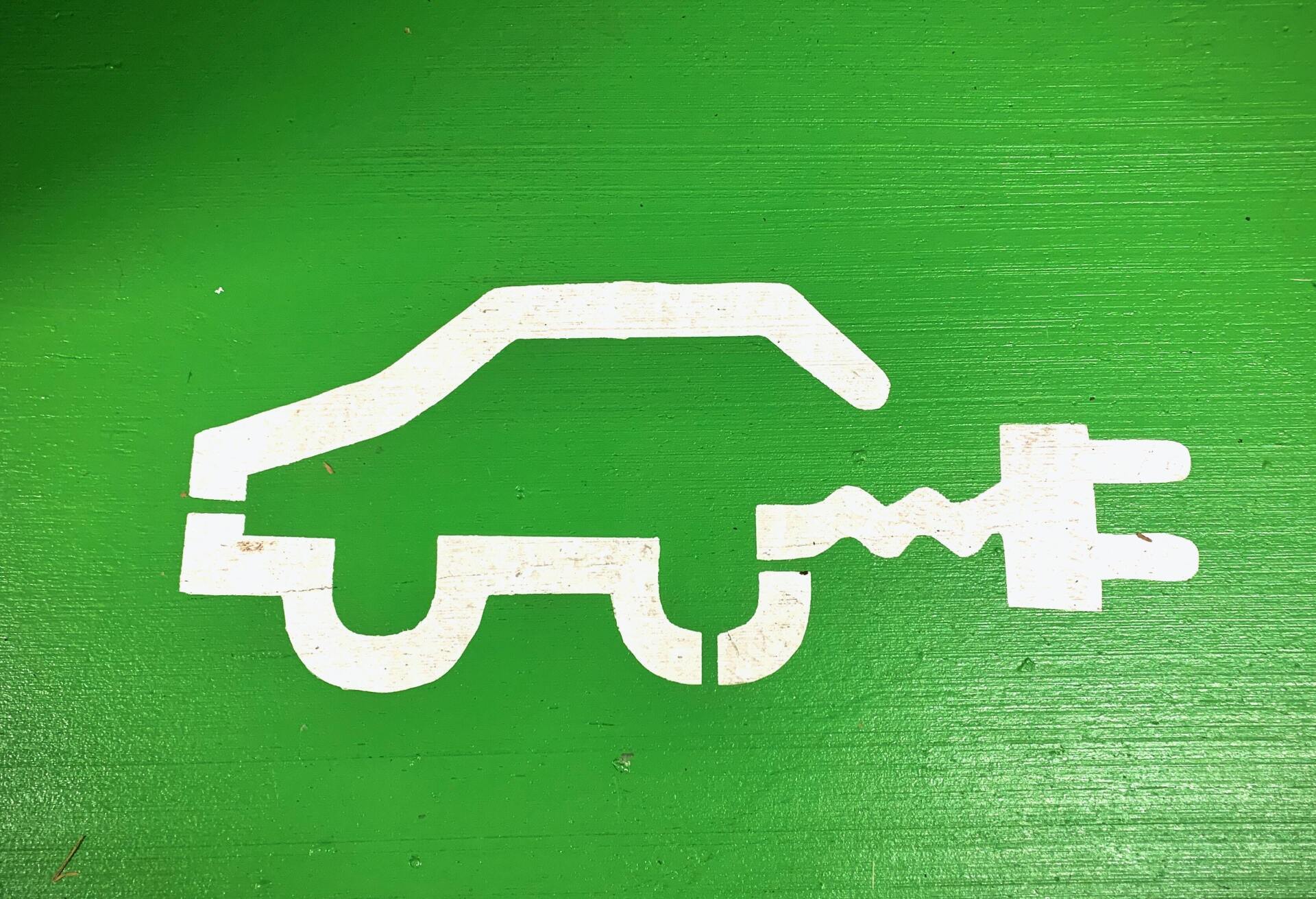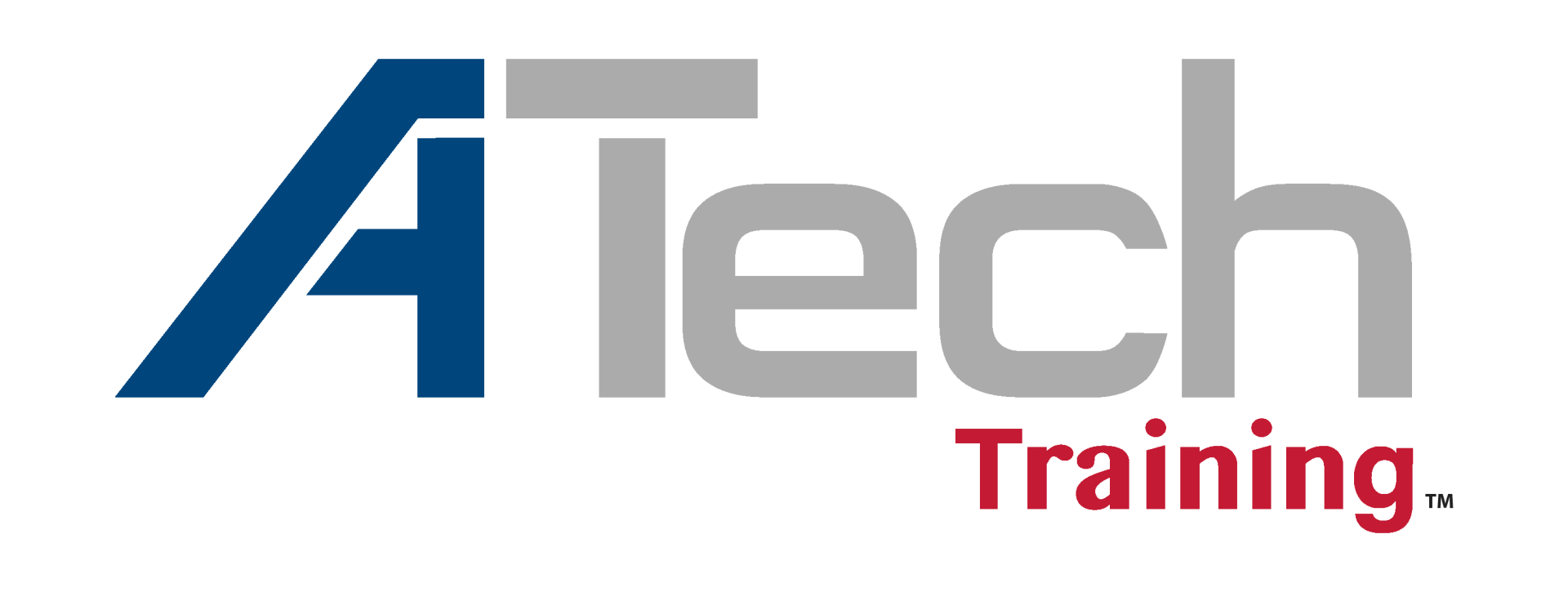Number one is the Mazda SkyActive-D. The name SkyActive has been around for a while, but the D designation is still new. This is a great little engine. It is appearing in the CX-5 and the Mazda 3 and 6. It’s a 2.2-liter turbo diesel with a lot of engineering chops, and it has the lowest compression ratio of any diesel on the market (14.1:1) while still generating a solid 173hp and 310 lb-ft of torque. This lower compression ratio lowered the temperatures in the piston at the top-dead-center which resulted in lower NoX and soot and a better mixture of air and fuel. The lower compression ratio also lowered the friction ratios and allowed lowering the structural weight of the engine. This increased but did not come without its drawbacks. During a cold start, the fuel-to-air mixture was not optimal and would cause misfires. To battle this, the engineers introduced a new ceramic glow plug that gets crazy hot crazy fast and a variable exhaust lift to help facilitate warm-up and provide efficient cold-temperature operation.
Engines of the Future are Already Here!
I have been dreaming about and studying engines and engine performance of cars, trucks, and motorcycles for the better part of 45 years. It’s a hobby. It keeps me busy on cold winter evenings. It’s something that has become a large part of my life and, like playing with dogs, is something I love to do. I have written about engines and the engineering that is involved in them for the last 15 years, and I have always been forward-thinking. When a new engine is being lauded by the manufacturers as the next big thing, I read all about it and report those findings here. In the past, I have written about every one of the engines in this article at one time or another, and each one was glowingly revealed by the engineers with the statement “We can expect these engines in our cars in the next few years”. Well, a few years have passed and now most of these engines ARE in our cars and trucks and should be reaching repair shops and dealerships now. We just haven’t heard that much about them because people, as a general rule, really don’t care that much about which engine is in their car if it gets good gas mileage, is reasonably reliable, and has a little umph to get on the highway. Well, that is not us. We care. We study it. It’s what we do and why you are where you are reading this article. Without further ado, let us look at the “Engines of the Future” that you can buy (and service) now.

Teaching Essential EV Systems In Your Classroom
Check Out ATech Training's video on "Teaching Essential EV Systems In Your Classroom" featuring Models 5820 Electric Vehicle System and 610N Vehicle System Trainer. This video uses the Electric Vehicle System Trainer (Model 5820) and Vehicle System Trainer (Model 610N) to go over the basic essential instructors need for teaching EV Systems to your students. It also goes over different activities you can do with these trainers.
Upcoming Events
Trade Shows and Conferences
During the upcoming months ATech Training has multiple conferences and trade shows coming up!
02/01/2024 - 02/03/2024....................MACS 2024 Training Event & Trade Show: Rosen Centre Hotel, Orlando, FL
02/28/2024 - 03/03/2024....................Vision: Overland Park Convention Center, Leawood, KS
03/04/2024 - 03/07/2024....................TMC: Ernest N. Mortal Convention Center, New Orleans, LA
03/07/2024 - 03/09/2024....................RMATS: San Juan College, Farmington, NM
03/28/2024 - 03/29/2024....................Illinois State Conference: Buffalo Grove High School, Buffalo Grove, IL
In-House Training
April 2nd & 3rd, 2024
May 21st & 22nd, 2024
August 13th & 14th, 2024
December 10th & 11th, 2024
The start time each morning is 8:00 am and runs until about 4:30 pm.
The training is for two days (up to 16 hours). Training time will count towards ASEEF continuing education requirements. We will provide certificates of training to workshop attendees.
Whether you are new to, or already have, ATech equipment, the goal of this training is to help instructors explore ways to improve their understanding and use of ATech training aids and equipment in the classroom.
If you want to register for a workshop or need more information on local hotels, etc.
contact us or visit ATech Training’s website!
Attendees are responsible for travel and hotel accommodations.
Make sure you receive a confirmation email from ATech Training before scheduling travel
Virtual Training Workshop
February 14th, 2024
June 12th, 2024
October 9th, 2024
ATech Training is proud to offer our first-ever Virtual Training Workshop. Sam Houston, our in-house instructor, will explore the key concepts and principles that will enhance your integration of ATech Trainers into your education program.
This will be an open forum training opportunity and will allow for flexibility with your schedule and training needs. During registration, you can indicate which trainer you would like us to cover and your preferred time for participating. We will make every effort to make this a unique training experience. There will be plenty of opportunities for Q&A and discussion throughout the seminar. We encourage you to participate actively and to share your thoughts and ideas with your fellow attendees.
Upon completion, participants will receive a certificate of attendance which can be applied towards your ASEEF continuing education requirements.
If you want to register for a Virtual Training Workshop or need more information
contact us or visit ATech Training’s website!
We look forward to seeing you in our online training workshop!
ASE Webinar
February 20th, 2024: Keep The Current Flowing - Low Voltage Battery Trends and Service Updates
Current production vehicles rely on their low-voltage batteries to perform a wide range of functions. Older inspection and service procedures often do not address the needs of today’s battery management systems. Follow along with Jim Wilson as he provides an update on battery identification, inspection, service, and replacement. This discussion of current battery trends will allow you, and your technicians, to stay up to date with the ever-changing low-voltage battery.
March 19th, 2024: Input – Process – Output
Today’s technicians will be faced with internal combustion engines for many more years despite the continual increase in electrical vehicle production. ATech Training will provide details about essential engine control sensors, their operation, and detailed signal analysis. Follow along with Jim Wilson and help you and your technician sharpen their skills when analyzing engine performance issues related to sensor inputs and outputs.
For more information visit the ASE Website!
Quick Start Video Series
Take a look at ATech Training's new Quick Start video series. This series dives into basic information found in the operations manual for each trainer. Allowing students and instructors to follow along more easily when setting up trainers and performing activities.
Contact Us
If interested in any of our training or products, please contact us!
If you would like ATech Training to highlight your lab on social media or in our next newsletter contact us.

















